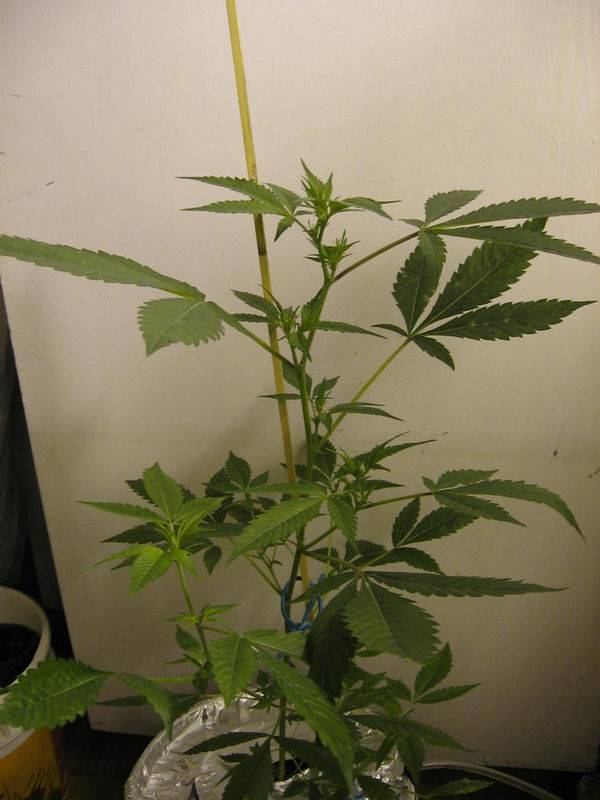S
stonedeconomist
you probably shouldn't try and make a concentrated solution becuase when you put those chemicals together in a concentrated solution you get other chemicals formed.
here some information from the FAQ's page at this comercial hydroponics supply place http://www.hydro-gardens.com/faq.htm#10-8-22 concentrate it's is in response to a question about making your own concentrated solutions out of their dry nutrients mixes.
Why should 10-8-22 formula not be made into a concentrate?
I notice in your catalog that the 10-8-22 formula should not be made into a concentrate. Can you explain why?
Thanks,
Matt
Dear Matt,
The reason 10-8-22 can't be mixed as a concentrate is because it contains Calcium, Phosphorus and Magnesium sulfate. These elements will not react very much at a "working strength" dilution. However, if they are combined in a "concentrate", a precipitate of either Calcium phosphate (one of the ingredients in cement) or Calcium sulfate (which is the beginning of limestone) will form. When this occurs it removes some of each element from the solution. Once the insoluble precipitate has formed, no amount of mixing will return the elements to a soluble form that will be available to the plants. A layer of sediment will form on the bottom of the nutrient tank. If this occurs, mixing will only contribute to sludge in the water lines and emitters.
Hope this answers your question.
Mike Morton President Hydro-Gardens
here some information from the FAQ's page at this comercial hydroponics supply place http://www.hydro-gardens.com/faq.htm#10-8-22 concentrate it's is in response to a question about making your own concentrated solutions out of their dry nutrients mixes.
Why should 10-8-22 formula not be made into a concentrate?
I notice in your catalog that the 10-8-22 formula should not be made into a concentrate. Can you explain why?
Thanks,
Matt
Dear Matt,
The reason 10-8-22 can't be mixed as a concentrate is because it contains Calcium, Phosphorus and Magnesium sulfate. These elements will not react very much at a "working strength" dilution. However, if they are combined in a "concentrate", a precipitate of either Calcium phosphate (one of the ingredients in cement) or Calcium sulfate (which is the beginning of limestone) will form. When this occurs it removes some of each element from the solution. Once the insoluble precipitate has formed, no amount of mixing will return the elements to a soluble form that will be available to the plants. A layer of sediment will form on the bottom of the nutrient tank. If this occurs, mixing will only contribute to sludge in the water lines and emitters.
Hope this answers your question.
Mike Morton President Hydro-Gardens







